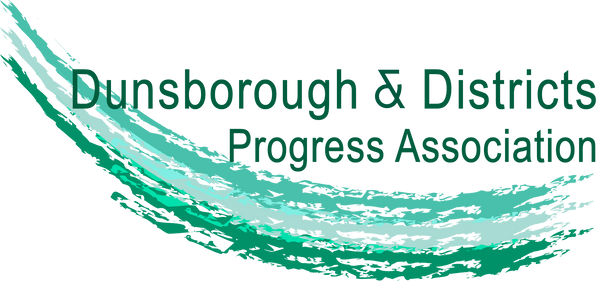Population Growth Trends
• Current population of the Dunsborough area is roughly 11,000
• Uncertainty over current growth rates: Based on the previous census the growth rate is 7%. This means by 2030 roughly 15,000 or in 15 years 22,000 and 30,000 in 20 years. Based on more recent interim figures and with a somewhat different area the WAPC sees a lower rate of around 3% which means 12,500 in 2030 and 14,400 in 15 years. We will have a much better idea after next year’s census
WAPC approves urban expansion
The state planning authority (WAPC) decided in October, 2021 that previously classified farmland east of Commonage Road is now urban. The area, including the new light industrial zoned lot opposite the corner of Biddle and Commonage, totals 196 hectares, This compares to the current Dunsborough Lakes development of 230 hectares. Based on current density of an average between R20 and R30 or 25 lot per hectare and assuming 70% of the area is for housing, this will mean roughly 3,500 new lots or 8,750 new residents.
Building in a bushfire prone region
As the map below shows, most of the land is classified as being bushfire prone. Is it wise to locate that number of people in probably dense housing in such an area? If Dunsborough is forced to evacuate, could the roads handle 15,000 people? Even if all the surroundiung vegetation is cleared the area is still under serious fire threat. Being bounded by national park and bush on the south and west sides, a major fire would most likely create a fire ember attack on the town. What chance would the fire brigade have in protecting the new additional houses?
The environmental impact
What is the environmental impact on doubling or tripling Dunsborough’s population? We probably don’t know but the outlook isn’t great. The WAPC has designated most of the area as “Threatened and priority ecological community” (the red hatched area right).
We do know parts of this area floods. No doubt this will increase as climate change brings higher sea levels and mire frequent storm surges.
